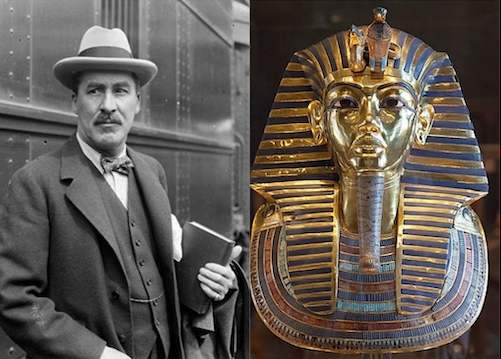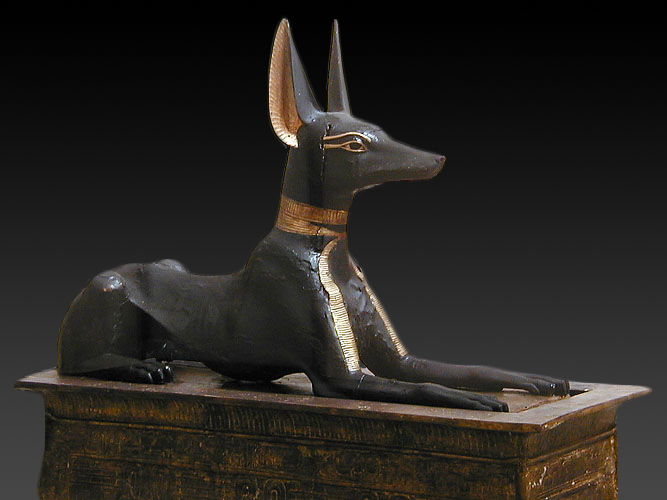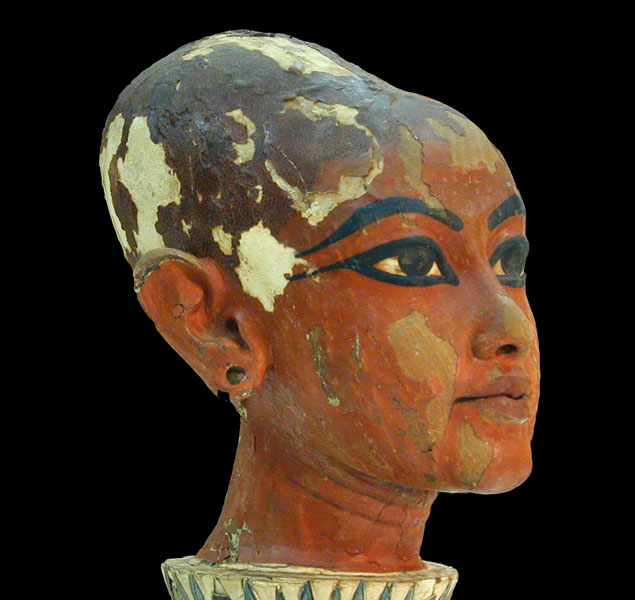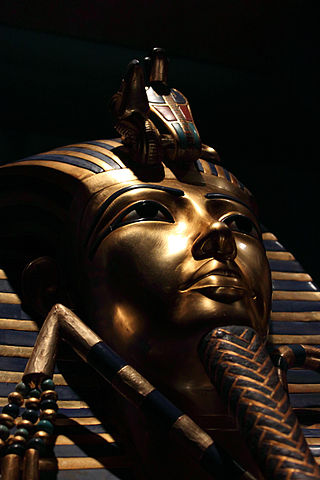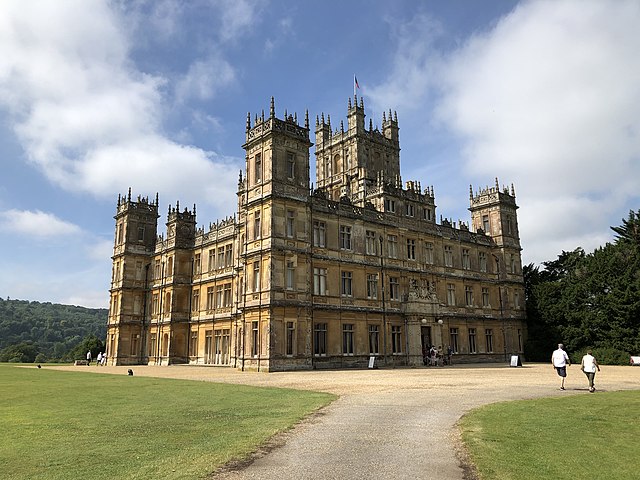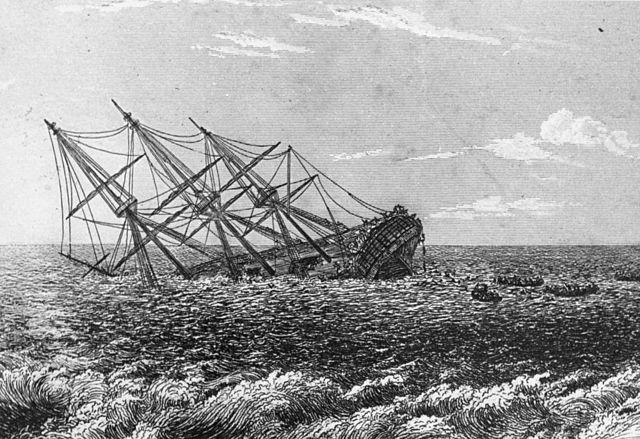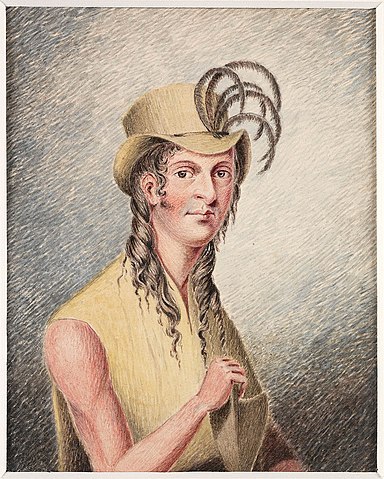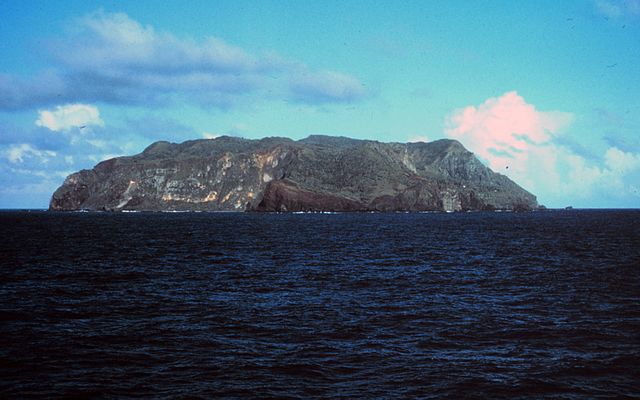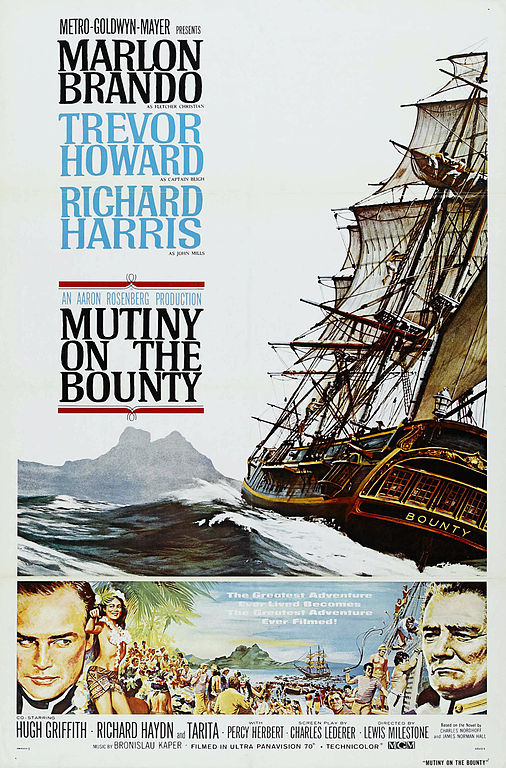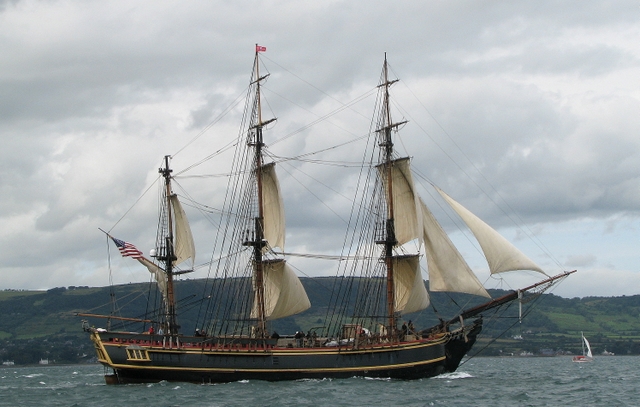After searching the Valley of the Kings for decades, for a tomb that every other expert in Egyptology declared nonexistent, Howard Carter eventually discovered the most important archeological find of the 20th century.
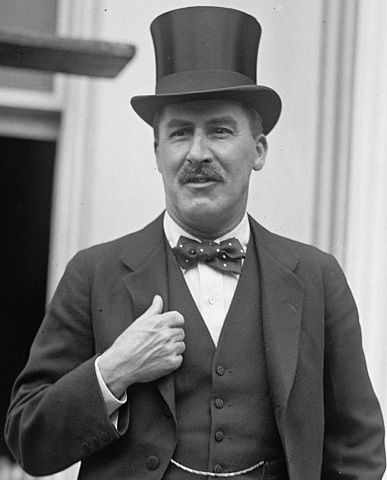
From the age of 17, Englishman Howard Carter worked in Egypt in the field of archeology. In the late nineteenth century with color photography as yet unavailable Carter was Initially hired as an artist in October of 1891 to paint and sketch the discoveries of the archeological excavations of the period. Eventually trained as an Egyptologist, Carter quickly became prominent and by the age of 25 was named an inspector general of the Egyptian Antiquities Service.
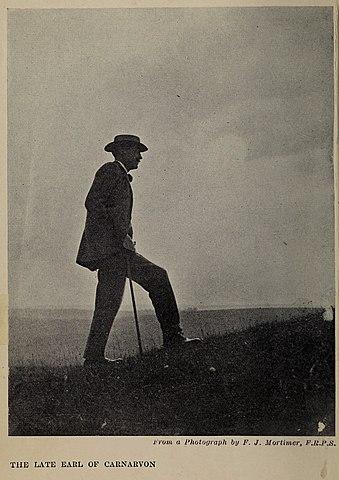
George Herbert, the 5th Earl of Carnarvon. The Earl initially spent time in Egypt to escape the damp British climate which exacerbated a lung condition. He became interested in archeology but quickly recognized that as an amateur he needed to partner with an expert in the field. Initially, this relationship was fruitful and Carter’s excavations near Luxor produced many items of value and interest.
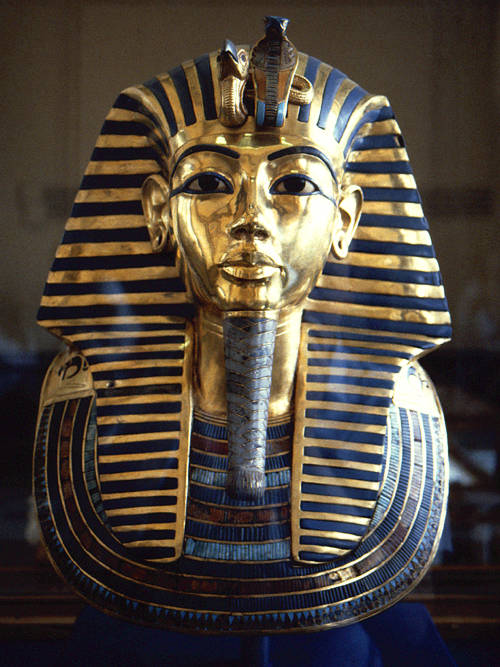
The funeral mask of Tutankhamen, one of the most remarkable objects ever discovered on the planet Earth
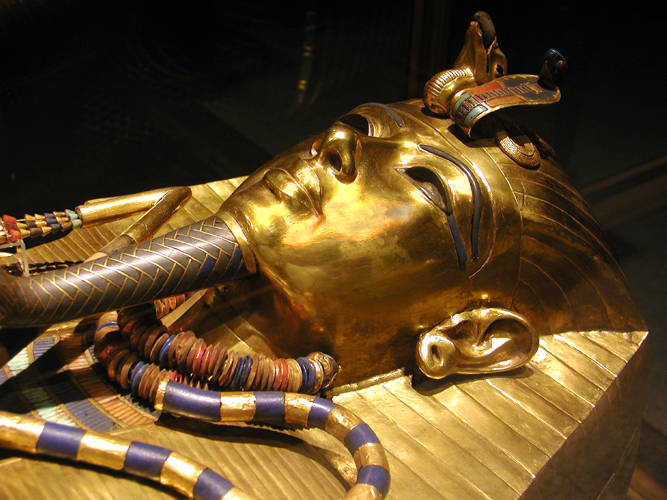
After Carter determined how to separate the second coffin from the third and last coffin shell, he was confronted by an object, similar in design to the first two but constructed entirely of gold. It weighed over eight hundred pounds and contained the mummy itself. Inlaid semi precious materials colorfully delineated the facial features, ceremonial beard and vulture and cobra festooned crown of Tutankhamun.
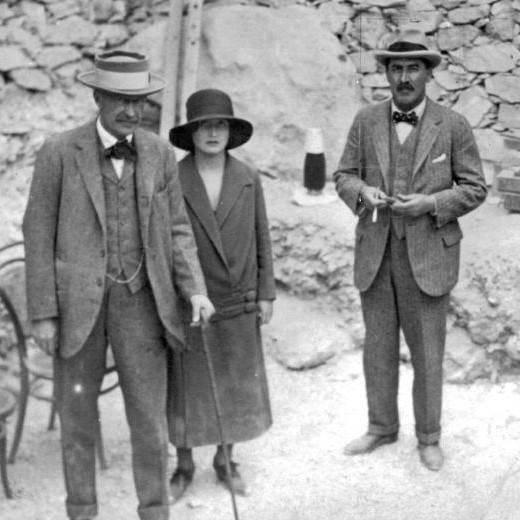
“At last, have made wonderful discovery in Valley; a magnificent tomb with seals intact; recovered same for your arrival; congratulations.”
In anticipation of accessing the tomb upon Carnarvon’s arrival, Carter completely reburied the staircase and placed giant boulders on top of the location. Knowing that information about his discovery undoubtedly would reach all sorts of entities intent on exploiting such a potential treasure, armed guards were also stationed at the location. Carter went to Alexandria, awaiting Carnarvon’s arrival and by November 23rd both Carnarvon and his daughter arrived back in Egypt.
Podcast: Play in new window | Download
Subscribe: RSS

